Digital transformation in the care industry
Most people now recognise that going digital brings a raft of benefits for care home management, carers and residents.
In practise, going digital can mean different things to different people. It could be typed rather than written care plans, or perhaps the implementation of a new planning and recording system, in room movement or audio sensors, nurse call systems, or simply installing WiFi.
For carers, going digital can mean never having to hurry to scribble handwritten notes again, and easier access to the right resident information to inform the best possible care interventions. For care home management, going digital can increase visibility of the day-to-day co-ordination of the care home.
Whatever ‘going digital’ means to you, the end result is often better outcomes across the board.
From the CQC to residential and nursing home providers we speak to every single day, the care industry is really starting to embrace the digital opportunity for quality care. The chances are, if you’re reading this blog, you are too. Even Michael Howard, the former Conservative party leader and current chairman of Hospice UK, recently called out the huge opportunity presented by ‘digitalisation of care plans’.*
The data opportunity
At Kareinn, we don’t mind admitting that what gets us really excited is the data opportunity. An opportunity that remains largely untapped. We want to help everyone in care understand what the potential of data is to transform care giving.
First of all, it’s clear that going digital unlocks the potential to capture a much larger volume of data than ever before. For example, an average 40 bed home using our digital care planning system posts roughly every 30 seconds, generating the equivalent of a full novel every month (albeit not one that’s going to win the Booker prize any time soon). That’s a lot of data: around 15 times more than was previously captured via paper-based systems.
More importantly, users of digital systems are enabled to capture data in real time at the point of care. This means the information tends to be more accurate and frequent than its ‘analogue’ equivalent, which is often captured by hand sometimes up to 8 hours later at the end of a shift.
For management teams in charge of care homes, accessing real-time information allows them to monitor care delivery more effectively and provides an early warning system on fluctuations or incomplete tasks so they can intervene in a timely manner where necessary. Put simply, it’s far easier to see what’s going on in a residential care home at any given time by looking at an up to the minute digital device than by leafing through reams of (possibly not up to date) paper files.
The big picture
So, by going digital, we’ve captured a whole lot more data and we know that the data is more accurate than ever. What next?
Capturing accurate data digitally becomes especially useful when it can help us to understand and draw links between seemingly unrelated pieces of information. To do that, we need to translate those large volumes of accurate data into valuable and actionable insights. Thanks to modern computing power and advanced data analytics, this can now be done almost instantly.
In the context of care, these ‘real-time’ insights make it possible to quickly understand and keep up to date with residents’ needs. KareInn’s Intelligent Nudges enable carers to be pro-active in their care giving by serving up the right insights at the right time for fully informed decision making.
With enough accurate data and the latest developments in technology, we are working towards a world where technology could even predict residents’ needs before they present themselves to the human eye.
Still with us? Great! Let’s take it a step further.
Imagine if data from one care home could be anonymized and securely be put together with data from other care homes across the UK. Imagine the opportunity that would present in being able to spot patterns and draw insights. Then imagine if we could share those patterns and results with everyone to help improve the quality of care throughout the UK.
Wouldn’t that be truly transformational?
Just the beginning
It’s great news that the potential for digital transformation in care is already being realised. And while there are important elements to consider first, switching to digital is clearly becoming an obvious decision for many care home providers.
We’ve seen first hand in other industries such as banking and retail the positive impact that can be achieved by capturing enough of the right quality data and using emerging technologies to harness that data in the form of market changing insights.
More work needs to be done to explore this huge opportunity in the context of the care industry, but we firmly believe that data has the potential to fundamentally transform care for the better and moving to a digital care plan is a great place to begin harnessing the opportunity today.
If you would like to know more about what we are doing, experience our product, or pick our brains on industry best practice, please do get in touch. We would love to hear from you.
Excited by the data opportunity but unclear on how to unlock the potential in your data? Read next: Six steps to unlocking the potential in your data
Thinking about going digital, but not sure where to start? Read next: Four things you must consider before moving to a digital care plan
* Play the audio in this link and then skip to 39 minutes (right near the end) if you want to hear specifically about Michael’s key policy opportunities including digitalisation of care plans.


